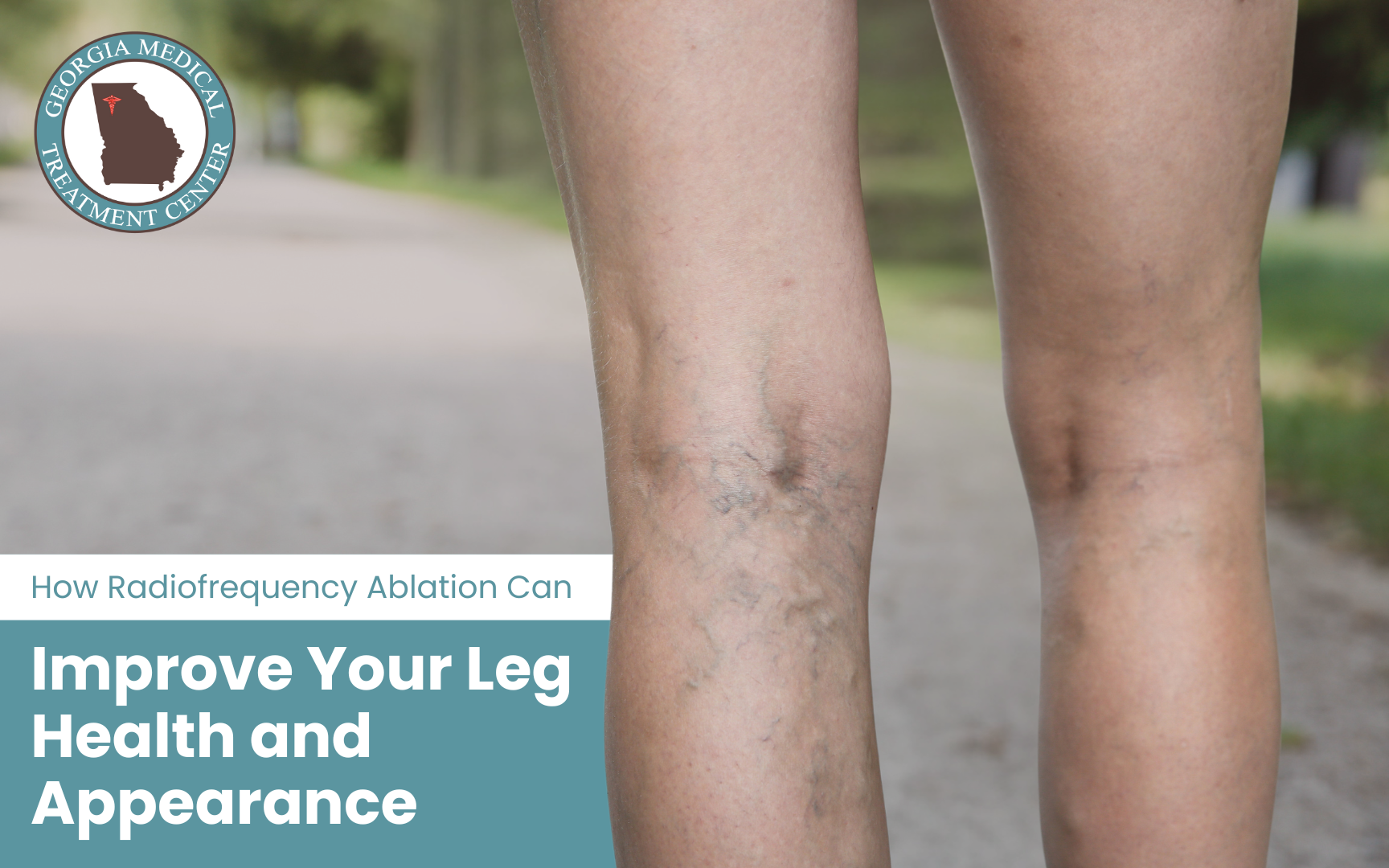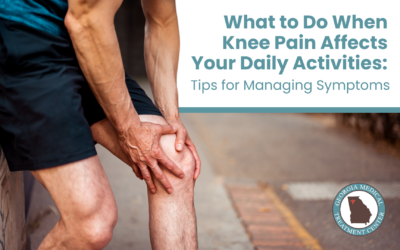Varicose veins can cause discomfort, swelling, and affect confidence, but advanced treatment options make relief more accessible than ever. Georgia Medical Treatment Center offers non-surgical vein treatments designed to restore comfort, improve circulation, and enhance the appearance of your legs with minimal downtime. One highly effective option, radiofrequency ablation (RFA), provides long-lasting relief and a quick recovery. Let’s explore how RFA works, why it’s a popular choice, and how it can help you feel great in your skin again.
What Is Radiofrequency Ablation and How Does It Work for Varicose Veins?
RFA offers a minimally invasive solution to varicose vein problems. Rather than surgically removing problematic veins with superficial venous reflux disease, RFA stops backward blood flow and seals off the damaged vein with heat energy instead, redirecting blood flow to healthier veins to boost comfort levels in your legs. This procedure requires inserting a thin catheter into the affected vein with ultrasound guidance. The catheter then uses controlled radiofrequency energy to gently heat the vein walls, causing the vein to collapse and close. Over time, the body naturally absorbs the treated vein.
How Radiofrequency Ablation Improves Leg Health and Appearance
Varicose veins develop when the veins in your legs struggle to efficiently circulate blood. Also known as chronic venous insufficiency (CVI), this condition causes blood to pool in the veins, causing pain, swelling and bulging veins. Ongoing discomfort and complications like skin changes, ulcers and persistent leg pain may result without surgical intervention or use of a nonsurgical vein treatment like radiofrequency ablation (RFA). This procedure improves circulation by rerouting blood to healthy veins, relieving symptoms and reducing the appearance of varicose veins.
Why Patients Choose Radiofrequency Ablation for Varicose and Spider Veins
Compared to traditional vein stripping surgery, RFA offers a far less invasive solution with minimal discomfort and downtime, no scratches or scars, and minimal bruising and swelling. RFA improves health by removing diseased veins and preventing complications from venous insufficiency. Because the procedure targets circulation issues where they occur, patients experience less pain and swelling. The tiny incision used for catheter insertion requires no stitches and heals quickly, and most patients can resume normal activities within 24 to 48 hours. This in-office procedure requires no hospitalization and is typically covered by your health insurance.
The VENCLOSE™ Procedure: A Minimally Invasive Solution for Vein Disease
State-of-the-art VENCLOSE™ nonsurgical vein treatment lets Georgia Medical Treatment Center provide comfortable treatment with superior results. More precise and efficient than traditional vein treatments, this advanced procedure delivers exceptional symptom relief and cosmetic results. VENCLOSE™ puts real-time ultrasound technology to work, targeting affected veins in a highly accurate way. Controlled heat application ensures safe, effective varicose veins treatment, and the dual-heating design improves vein closure and speeds up recovery times.
Is Radiofrequency Ablation Right for You? Understanding the Process
With radiofrequency ablation procedures from Georgia Medical Treatment Center, patients typically experience relief from leg discomfort and achieve visible cosmetic improvements within two weeks. If you’re wondering what this nonsurgical vein treatment for varicose veins and incompetent perforator veins entails, here’s a step-by-step breakdown of this outpatient procedure that typically takes less than an hour.
Before RFA Vein Treatment
First, we evaluate your vein health with a consultation and ultrasound to determine if you’re a good candidate for RFA. Next, we provide pretreatment guidelines, including avoiding certain medications like NSAIDs and wearing loose, comfortable clothing to your appointment.
During the RFA Procedure
When it’s time for your nonsurgical vein treatment in our office, our board-certified specialists numb the area with local anesthesia to ensure minimal discomfort. They make a small incision, insert a catheter into the vein and maneuver it to the correct position with ultrasound guidance via real-time imaging. Once in place, they apply controlled heat with radiofrequency energy to seal the diseased vein.
After Varicose Veins Treatment
After your treatment, we bandage the area over the catheter insertion site and advise you to wear compression stockings for two weeks to promote healing. We also encourage light movement to prevent blood clots and speed up recovery. However, we ask you to avoid standing for long periods or performing heavy exercise or activity for at least two weeks.
Take the First Step Toward Beautifully Healthy Legs
Restore your leg health and beauty with FDA-approved nonsurgical vein treatments from Georgia Medical Treatment Center. Cutting-edge treatments like VENCLOSE™ reduce discomfort and require minimal downtime, getting you back on your feet and doing the things you love again in no time. Schedule a consultation today to see if our radiofrequency ablation solutions are right for treating your varicose veins.




0 Comments